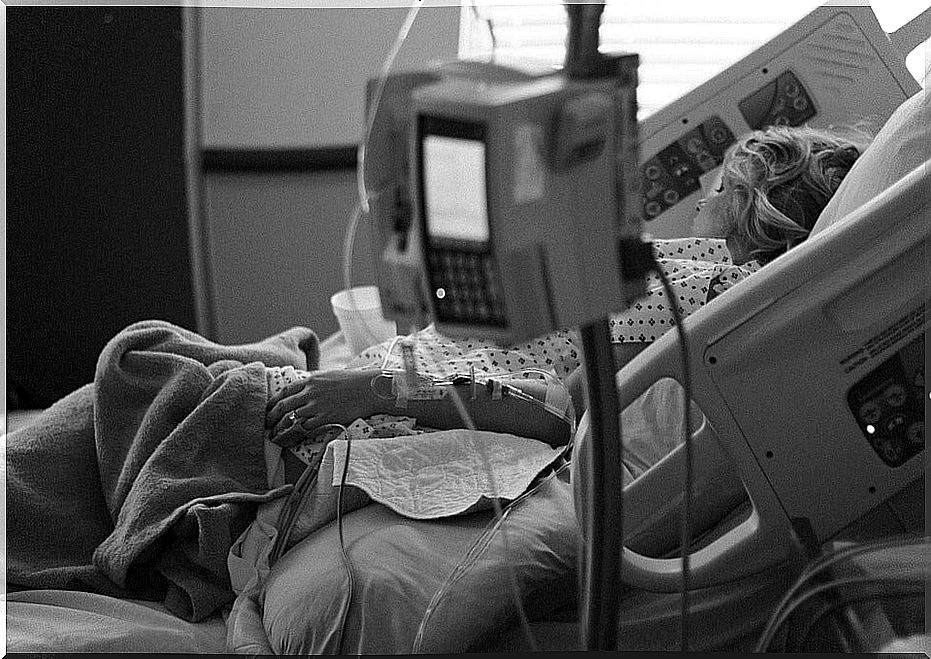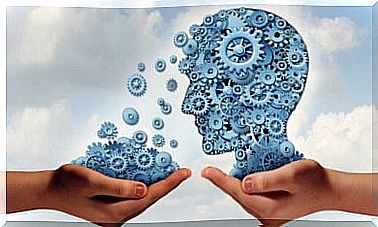What Do You Know About Altered States Of Consciousness?

After reading the title, you may be wondering what the changed states of consciousness are even. Have you ever been curious to know what happens when someone goes into a coma, for example, or when a patient goes into a vegetative state? There are many questions you could ask about these situations. Can they be fixed? If so, under what circumstances and what are the objectives? Weakness and uncertainty can be big obstacles in these complex situations.
People can go into a coma for many reasons. It can be a traumatic experience such as a car accident, or non-traumatic such as a stroke, bleeding, or tumor.
Coma is a loss of consciousness, partial or complete loss of response to external stimuli. This means that the patient is not able to interact with so-called stimuli.
There are different levels of consciousness
Normally, when you feel pain when you touch something, you move your hand away from the object that caused it. When you are unconscious, you will not feel any pain. You could not smell the burning smell or your mother’s voice. You don’t perceive anything or react to anything.
These are a few examples of what happens when you lose consciousness. There is no response to external stimuli in situations where it would normally occur. However, there are different levels of altered state of consciousness measured using the Glasgow coma scale.

This scale takes into account the ocular, verbal, and motor responses to sounds and pain. The patient undergoes simple experiments to observe how he responds to certain external stimuli. Thus, this scale assesses an individual’s level of responsiveness.
Once these tests are done, the score is added together and compared to a table that shows how injured the patient is. If he does not respond to any stimuli, he gets the lowest score. If he responds to all stimuli, his level of consciousness is unaffected.
Try to get their attention back at any cost
Once this is done, the professional who performed the assessment will have a visual map of the patient’s neurological situation and can intervene in an appropriate manner. If the patient shows even a slight attention, the professional should cling to it. They need to create every possible situation where the patient would have to exercise their attention.
Humans have five senses (sight, feeling, smell, hearing, and taste) and some of them are used more than others. There are known cases of blind people who ended up developing an exceptionally accurate ability to use their other senses. They masterfully developed their other senses to make up for what they lack.
In altered states of consciousness, it is important to assess which senses are preserved and functioning. The sensory areas of the brain are activated when we receive an external stimulus, so it is necessary to try to activate those areas.
Look for the stimulus that causes the reaction
To activate these areas, the patient must be irritated with the stored stimulus. Also, if a stimulus that is familiar to the patient or has some emotional value to him is used, the reaction becomes easier.

The reaction can be almost imperceptible, so the professional needs to be patient as well as very attentive to any changes that take place in their body in response to stimuli. Everything from a weak forefinger movement to a subtle change in their pupil means. Any change in their body can bring more information.
Once the expert has managed to elicit a reaction, the next goal is to continue to do so. However, they should not get used to the stimulus. It is important that they always respond to the stimulus. Getting used to it means that the intensity of the reaction has eased when you really want it to become stronger as it is a sign of brain activation.
Familiar and emotional things are especially helpful
You’ve probably heard of cases where someone was in a coma, loved ones went to the hospital and sat next to the patient, sang his favorite song, brought him a piece of his favorite cake, or a plush toy he’s had since he was little and liked him in his arms.

It is necessary to recreate some of those elements to which the patient first reacts significantly, and if they show a response, it should be grasped like a lion chasing its prey. The professional should aim for anything that elicits a reaction in the patient, whatever it is, and the patient begins to show signs of progress.
Working with these people is difficult because the changes that happen on a daily basis are small, but over time it is really rewarding because a lot can be achieved with stimulation, thanks to neuroplasticity. So we want to send encouragement to people who are in the process of recovery, as well as to their families, because after constant perseverance, results are usually seen.









